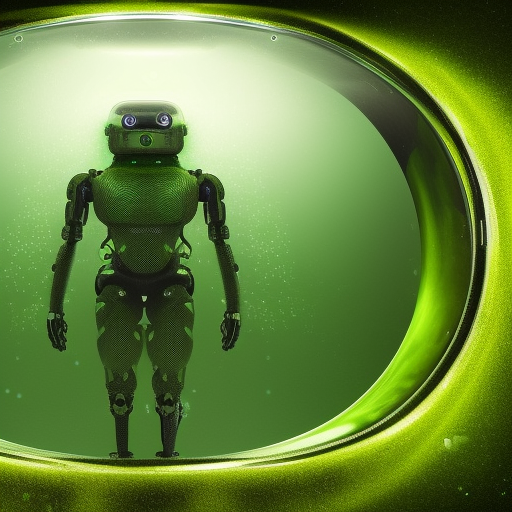
In order to qualify, it must:
Have been designed on an intellectual level, with humans understanding how it works. (A mother having a baby doesn't count.)
Clearly be an entirely new human creation, not a modified natural thing. Taking inspiration from nature is ok. (Genetically engineering an existing bacterium to do something slightly different doesn't count, but it's ok if the new life form uses DNA, has ribosomes, runs on ATP, etc.)
Self-replicate physically, not just informatically. (Computer viruses don't count.)
Self-replicate in a "normal" environment, not one specifically seeded with items to make it easy. (Xenobots don't count.)
Be able to self-replicate indefinitely. If the copy it makes cannot itself make a copy, that doesn't count.
Not be destroyed in the process.
Any instance counts, even if it occurred prior to market creation.
People are also trading
I imagine a more successful version of the Reprap project would count? Ie, the robot is a 3D printer. A human buys plastic & copper (or other metals) & inserts them into the 3D printer. As each part is printed, the human removes it from the tray. The human manually assembles the resulting parts into a copy of the 3D printer.
@LarsDoucet Oh, no. I don't know how advanced current biotechnology is, so I was asking for context.
@IsaacKing We can do quite a bit of sythesis,but I presume this doesn't pass the threshold ? https://www.wired.co.uk/article/wired-awake-160519
@IsaacKing Then it might be hard to create good resolution criteria. From my (limited, but somewhat informed) understanding of the paper and the overall synthetic biology landscape, there's a lot of incremental progress on modifying and synthesizing genomes and on designing various biological pathways that do not occur in nature. At the same time we have no idea how to build a cell from scratch. So the paper I linked to (and other similar) proceed by synthesizing a modified genome, and replacing the genome of a living cell with it. Can this type of experiment resolve this market YES? And if so, what would count as a sufficiently redesigned genome to resolve YES? Once again, most work is AFAIK on tweaking existing genomes, but the changes are getting more extensive over time, so it is unlikely we'll see an obvious break, where the organism is clearly completely new.
This "normal environment" constrain is going to be a big point of resolution contention. Scientists aren't going to let any replicating artificial organisms loose in the "real world" and just sit back and let them do their thing.
Any such organism is going to exist only in an extremely controlled purpose-built environment.
So I don't think there's any way for this to plausibly resolve to Yes as currently worded, barring some kind of lab escape.